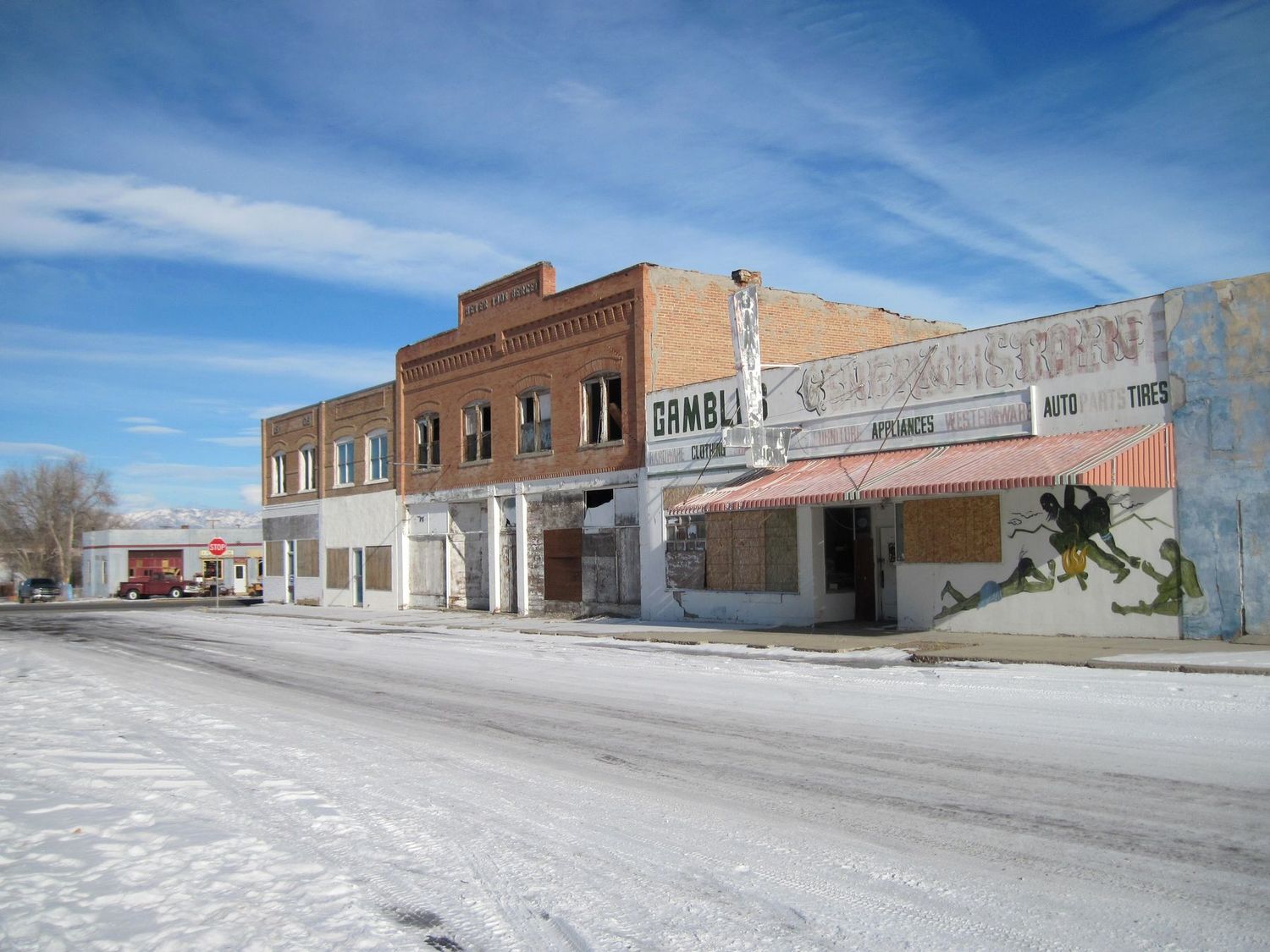Hidden Trading Posts Of Wyoming’s Shoshone

Have you ever thought about the hidden trading posts of Wyoming's Shoshone region? These places hold secrets of the past, where traders and Native Americans exchanged goods, stories, and culture. Imagine stepping back in time to a place where furs, beads, and tools were bartered. The Shoshone area, with its vast landscapes and rich history, offers a glimpse into a world long gone but not forgotten. Exploring these trading posts is like opening a history book, where each page tells a story of adventure and survival. Whether you're a history buff or just curious, these hidden gems provide a unique look into the past. So, pack your bags and get ready to travel back in time to the hidden trading posts of Wyoming's Shoshone region.
Discovering Wyoming's Hidden Trading Posts
Wyoming's Shoshone National Forest is a treasure chest of history and natural beauty. Nestled within this vast wilderness are hidden trading posts that once served as bustling hubs for trappers, traders, and Native Americans. These spots offer a glimpse into the past, where stories of adventure and commerce come alive. Let's uncover some of these fascinating locations.
1. South Pass City
South Pass City is a ghost town with a rich history. Once a thriving gold mining town, it became a crucial trading post during the 19th century. Today, visitors can wander through restored buildings and imagine the lively exchanges that took place here. The town's museum offers artifacts and stories from its bustling past.
2. Fort Laramie
Fort Laramie was a significant military post and trading center. It played a vital role in the westward expansion, serving as a meeting point for traders, trappers, and Native American tribes. The fort's preserved structures and exhibits provide a vivid picture of life during its heyday.
3. Fort Bridger
Established by Jim Bridger and Louis Vasquez, Fort Bridger was a key stop for travelers on the Oregon Trail. It became a bustling trading post where pioneers could restock supplies and trade goods. Today, the fort is a state historic site, offering insights into the challenges and triumphs of early settlers.
4. Fort Bonneville
Known as "Fort Nonsense," Fort Bonneville was built by Captain Benjamin Bonneville in the 1830s. Although it was short-lived, the fort served as a trading post for fur trappers and explorers. Its ruins, located near the Green River, offer a glimpse into the rugged life of those who ventured into the wilderness.
5. Fort Caspar
Fort Caspar, named after Lieutenant Caspar Collins, was a military post and trading hub. It played a crucial role during the Indian Wars and served as a supply point for travelers. The reconstructed fort and museum provide a window into the past, showcasing artifacts and stories of frontier life.
6. Fort Phil Kearny
Fort Phil Kearny was established to protect travelers on the Bozeman Trail. It became a bustling trading post and military fort, witnessing significant conflicts during the Indian Wars. Visitors can explore the fort's remains and learn about its dramatic history through interpretive exhibits.
7. Fort Fetterman
Fort Fetterman was a remote military post that also served as a trading center. It played a strategic role in the Indian Wars and was a vital supply point for settlers. The fort's ruins and interpretive trails offer a glimpse into the challenges faced by those who lived and traded in this harsh environment.
8. Fort Reno
Fort Reno was established to protect the Bozeman Trail and served as a trading post for travelers. Although it was short-lived, the fort played a crucial role in the westward expansion. Today, visitors can explore the site and learn about its history through interpretive signs and exhibits.
9. Fort Washakie
Fort Washakie was a military post and trading center located on the Wind River Reservation. It served as a hub for trade between Native Americans and settlers. The fort's historic buildings and museum offer insights into the cultural exchanges that took place here.
10. Fort McKinney
Fort McKinney was established to protect settlers during the Indian Wars. It became a trading post where goods and supplies were exchanged. The fort's remains and interpretive signs provide a glimpse into the challenges faced by those who lived and traded in this remote area.
Discovering Wyoming's Hidden Gems
Wyoming's Shoshone trading posts offer a glimpse into a rich past. These spots are more than just places to trade goods; they are windows into the lives of the Shoshone people. Visiting these sites, you can feel the history and imagine the bustling activity that once took place. The landscape around these trading posts is breathtaking, with vast plains and towering mountains. This natural beauty adds to the experience, making it unforgettable. Exploring these hidden gems, you learn about the Shoshone culture and the important role these posts played in their community. They were not just for trading but also for social gatherings and sharing news. As you leave, you carry with you a deeper understanding of Wyoming's history and the Shoshone people's resilience. These trading posts are truly treasures waiting to be discovered by those curious enough to seek them out.

